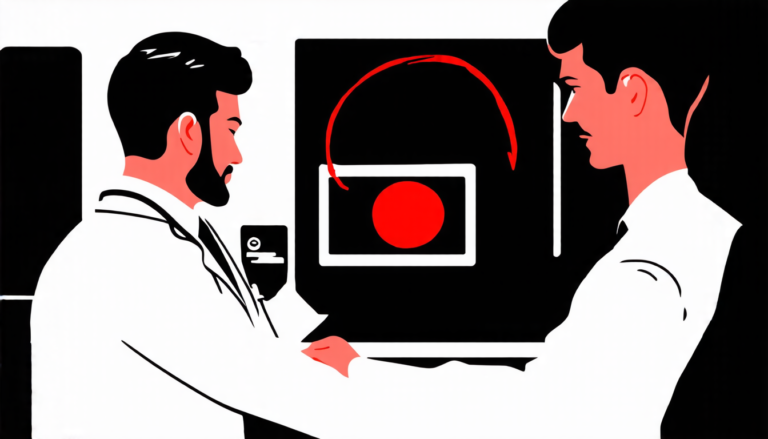Wednesday 16 April 2025
A team of researchers has developed a new approach to detecting seizures in people with epilepsy, using artificial intelligence and machine learning techniques. The system, called SeizureTransformer, is designed to analyze electroencephalogram (EEG) signals, which are recordings of the electrical activity in the brain.
Epilepsy is a chronic condition that affects millions of people worldwide, causing recurring seizures that can be unpredictable and potentially life-threatening. Currently, doctors rely on visual analysis of EEG signals to detect seizures, but this method is time-consuming and prone to errors. Automatic seizure detection systems have been developed, but they often require extensive post-processing and are not effective in handling long-range patterns in EEG data.
SeizureTransformer addresses these limitations by combining a deep neural network with transformer architecture, which is commonly used in natural language processing tasks. The system first extracts local temporal patterns from the EEG signal using one-dimensional convolutions, then uses residual connections to refine the features and capture longer-term dependencies.
The researchers trained SeizureTransformer on two public datasets: the Siena Scalp EEG Database and the TUH EEG Seizure Corpus v2.0.3. They found that their system outperformed existing algorithms in detecting seizures, with a high F1-score (a measure of accuracy) over other data sets.
The team also tested SeizureTransformer on a withheld test dataset and achieved significant results. While the performance was lower compared to the training set, it still outperformed competing systems. The system’s ability to scale up and handle large datasets makes it a promising tool for real-world applications.
SeizureTransformer has several advantages over existing seizure detection systems. It can process EEG signals in real-time, allowing doctors to respond quickly to seizures. Additionally, the system is designed to learn from large datasets, making it more accurate and less prone to errors than manual analysis.
The researchers plan to further develop SeizureTransformer by incorporating additional features and improving its performance on diverse datasets. They also aim to integrate the system with wearable devices, enabling people with epilepsy to monitor their brain activity in real-time and receive timely medical attention if a seizure occurs.
SeizureTransformer has the potential to revolutionize the detection of seizures in people with epilepsy, providing doctors with a powerful tool for diagnosing and managing this debilitating condition. With its ability to analyze EEG signals quickly and accurately, SeizureTransformer may one day help save lives by enabling timely medical intervention during seizures.
Cite this article: “Breakthrough in Epileptic Seizure Detection: A Novel Transformer-Based Approach Outperforms State-of-the-Art Methods”, The Science Archive, 2025.
Epilepsy, Seizuretransformer, Artificial Intelligence, Machine Learning, Eeg Signals, Deep Neural Network, Transformer Architecture, Seizure Detection, Chronic Condition, Real-Time Monitoring







